Least stable radical among the following is :
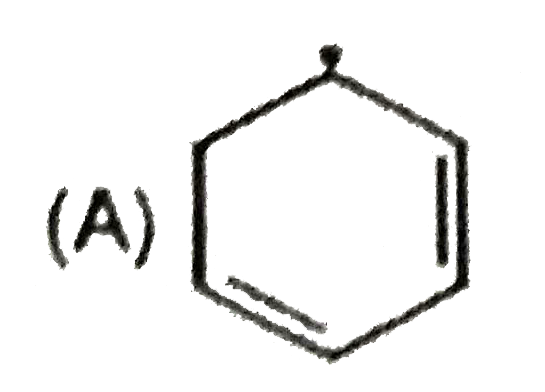

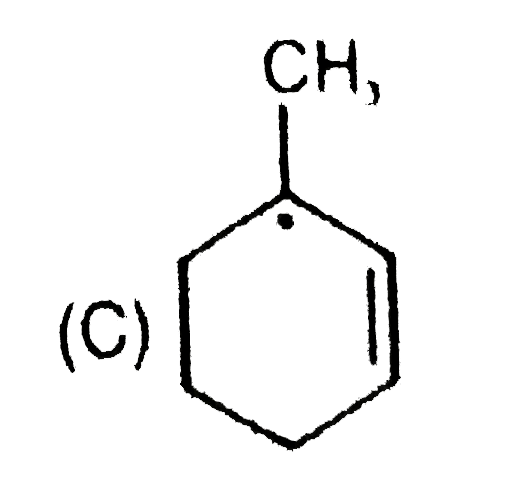

The correct Answer is:C
To determine the least stable radical among the given options, we need to analyze the stability of each radical based on the number of resonance structures (conjugating structures) they can form. The more resonance structures a radical can form, the more stable it is.
1. Identify the Radicals:
- Look at the provided options and identify the radicals present in each structure.
2. Analyze Each Option:
- Option A: Contains a six-membered ring with two double bonds. The radical can form multiple resonance structures due to the presence of the double bonds.
- Option B: Similar to option A, it also has a structure that allows for multiple resonance forms due to the presence of double bonds.
- Option C: Contains a radical adjacent to a double bond in a six-membered ring. This structure can only form one resonance structure because after the initial radical formation, further conjugation is limited.
- Option D: Like options A and B, it has two double bonds that allow for resonance stabilization.
3. Count the Resonance Structures:
- Option A: Can form at least two resonance structures.
- Option B: Can also form at least two resonance structures.
- Option C: Can only form one resonance structure.
- Option D: Can form at least two resonance structures.
4. Determine Stability:
- The stability of radicals increases with the number of resonance structures. Therefore, the radical in Option C, which can only form one resonance structure, is the least stable.
5. Conclusion:
- The least stable radical among the options provided is Option C.
Final Answer:
Option C is the least stable radical.
- Look at the provided options and identify the radicals present in each structure.
- Option A: Contains a six-membered ring with two double bonds. The radical can form multiple resonance structures due to the presence of the double bonds.
- Option B: Similar to option A, it also has a structure that allows for multiple resonance forms due to the presence of double bonds.
- Option C: Contains a radical adjacent to a double bond in a six-membered ring. This structure can only form one resonance structure because after the initial radical formation, further conjugation is limited.
- Option D: Like options A and B, it has two double bonds that allow for resonance stabilization.
- Option A: Can form at least two resonance structures.
- Option B: Can also form at least two resonance structures.
- Option C: Can only form one resonance structure.
- Option D: Can form at least two resonance structures.
- The stability of radicals increases with the number of resonance structures. Therefore, the radical in Option C, which can only form one resonance structure, is the least stable.
- The least stable radical among the options provided is Option C.
Option C is the least stable radical.
Topper's Solved these Questions
- GENERAL ORGANIC CHEMISTRY IIBOOK - RESONANCE ENGLISHCHAPTER - GENERAL ORGANIC CHEMISTRY IIEXERCISE - Part-III: Match the Column
2 Videos
- GENERAL ORGANIC CHEMISTRY IIBOOK - RESONANCE ENGLISHCHAPTER - GENERAL ORGANIC CHEMISTRY IIEXERCISE - Part-I : Only One Option Correct Type
22 Videos
- GENERAL ORGANIC CHEMISTRY IIBOOK - RESONANCE ENGLISHCHAPTER - GENERAL ORGANIC CHEMISTRY IIEXERCISE - Exercise-1
20 Videos
- GASEOUS STATEBOOK - RESONANCE ENGLISHCHAPTER - GASEOUS STATEEXERCISE - ORGANIC CHEMISTRY(Hydrocarbon)
18 Videos
- GENERAL ORGANIC CHEMISTRY-IBOOK - RESONANCE ENGLISHCHAPTER - GENERAL ORGANIC CHEMISTRY-IEXERCISE - PART-III : PRACTICE TEST-19
1 Videos
Similar Questions
Knowledge Check
The most stable free radical among the following is
A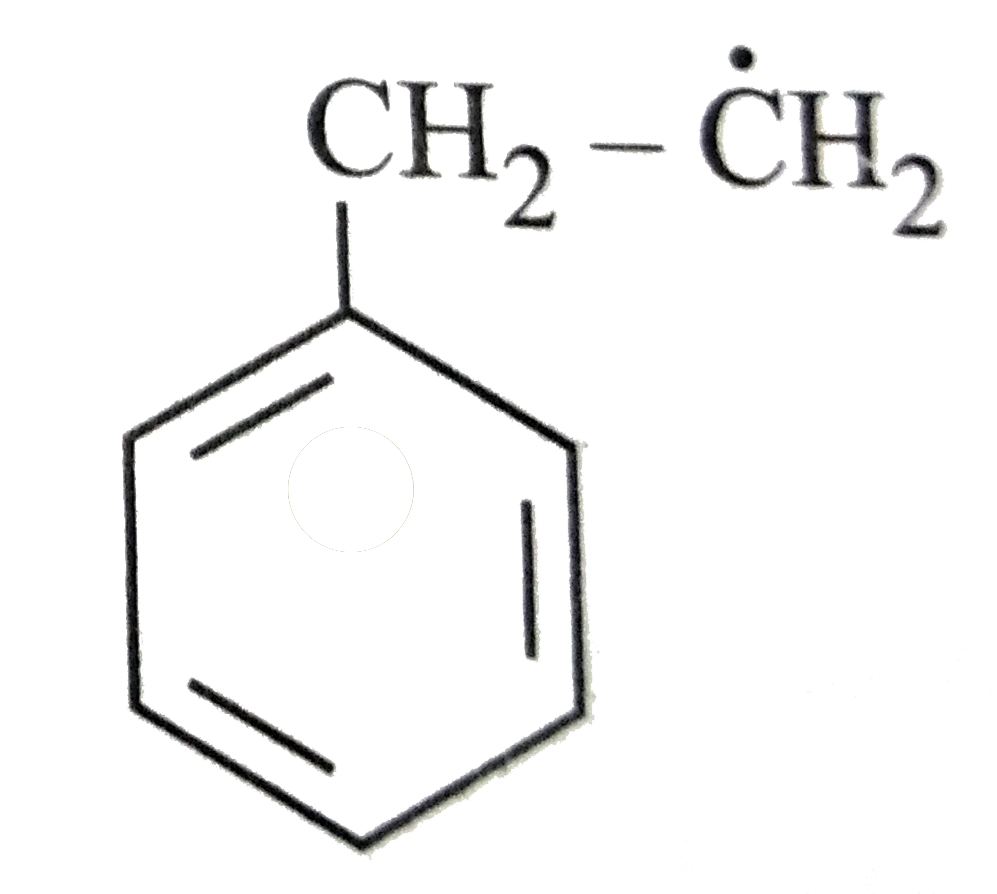 B
B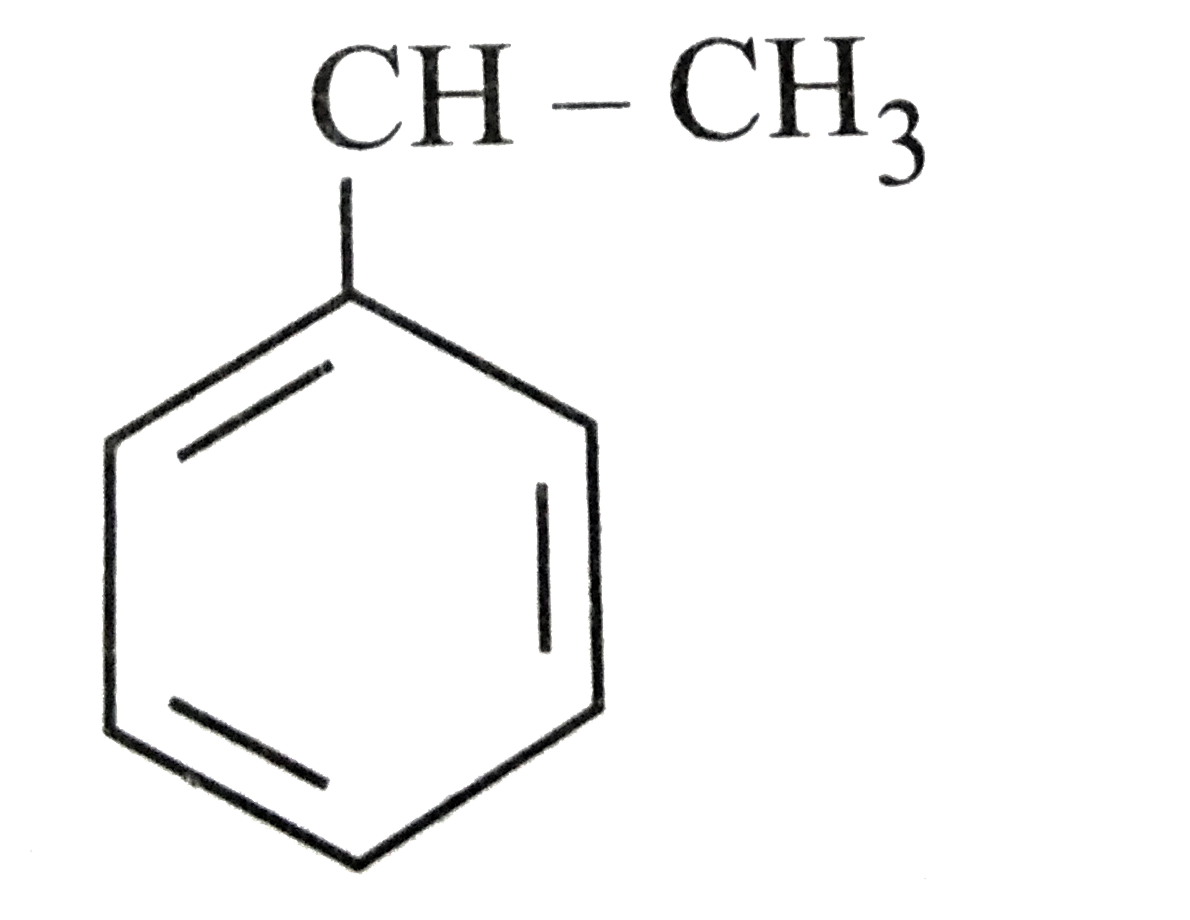 C
C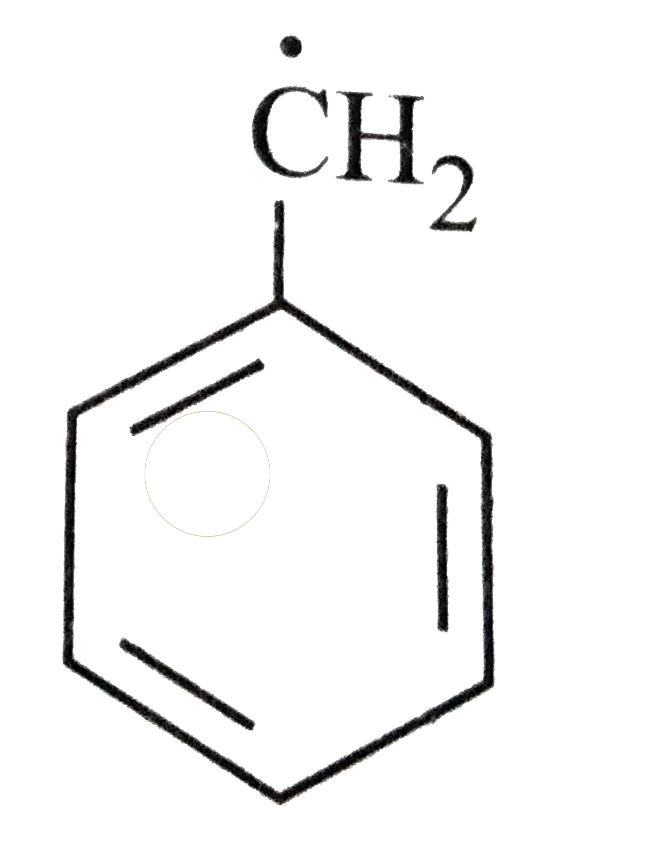 D
D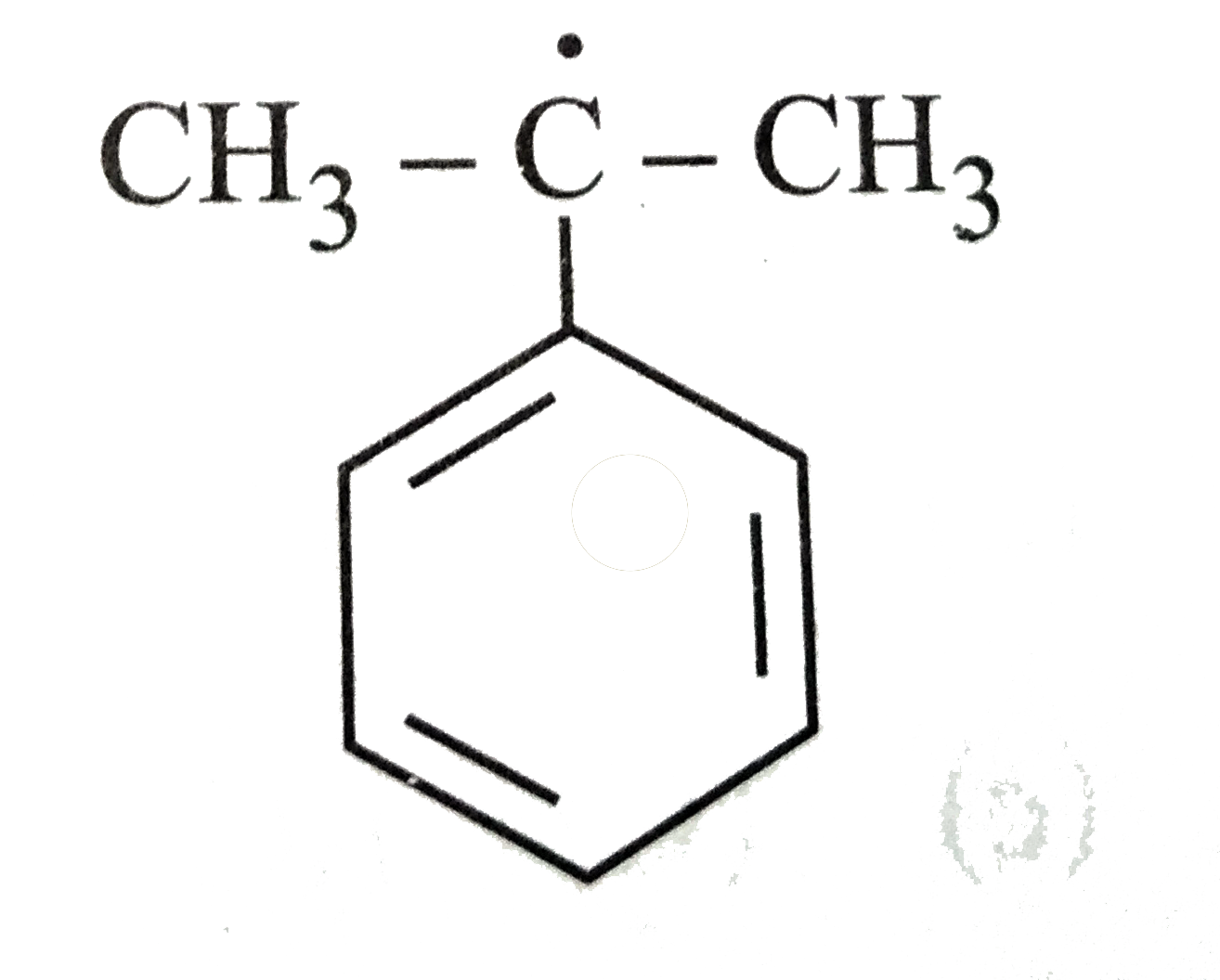
Most stable carbocation among the following is :
A B
B C
C D⊕CH3
D⊕CH3
The most stable radical among the following is :
View SolutionThe most stable radical among the following is
View SolutionLeast stable peroxide among the following :
View SolutionThe least stable ion among the following is
View SolutionThe most stable carbanion among the following is
View SolutionLeast stable carbocation among the following is
View Solution
